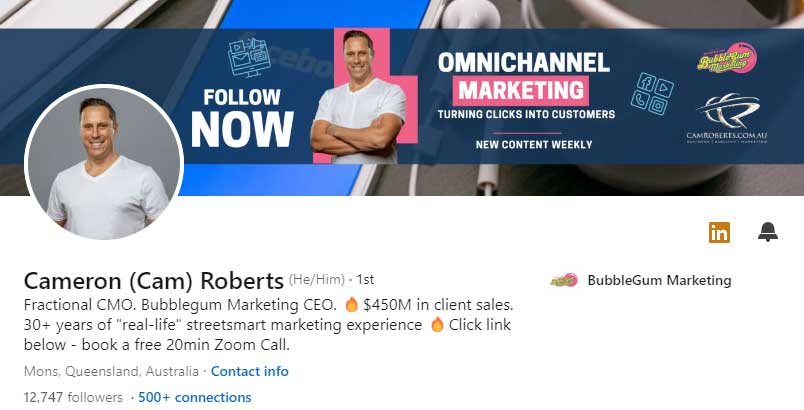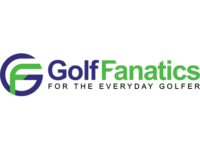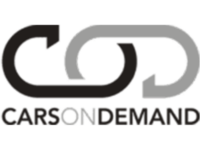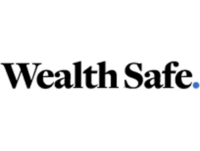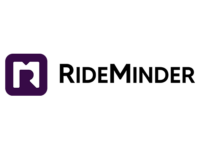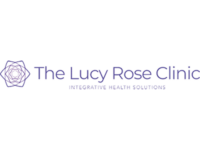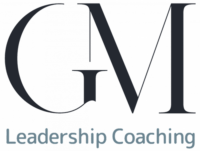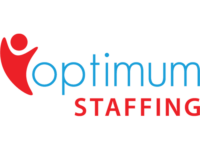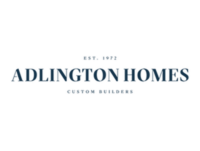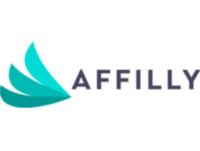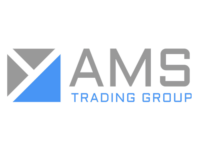How to Create a High-Converting Facebook Ad Campaign
By Cameron Roberts – Founder & CEO of Bubblegum Marketing,
Posted On April 1, 2025
Before diving into creating high-converting Facebook ads, it’s crucial to understand who your audience is. Knowing your audience helps you tailor your message, choose the right visuals, and ensure your ads appear in the right places. This understanding is the foundation for designing high-converting Facebook ads that will resonate with your target market and drive meaningful results.
Define Your Target Audience
Start by defining the demographics of your ideal customer. Consider factors like age, gender, location, interests, and online behavior. Facebook’s Audience Insights tool can be incredibly helpful here, offering detailed data on user habits and preferences.
Dig deeper into psychographics, exploring attitudes, aspirations, and other psychological criteria. This information can illuminate motivations and fears, helping you craft messages that resonate on a deeper level.
Also, consider segmenting your audience into different groups based on their specific needs or stages in the buyer’s journey. This allows for more personalized messaging and can significantly increase engagement rates.
Create Buyer Personas
Once you’ve gathered enough data, create buyer personas. These are fictional characters that represent your ideal customers. Each persona should include specific details about their lifestyle, challenges, and how your product or service can solve their problems.
Develop detailed narratives for each persona. Include their daily routines, media consumption habits, and preferred communication channels. Understanding these elements will guide your ad placement and creative strategy.
Identify pain points and desires for each persona. Clearly articulate how your offerings address these areas, positioning your product or service as the solution they need.
Analyze Competitor Audiences
Study your competitors to understand whom they are targeting and how. This can reveal gaps in the market and opportunities for differentiation.
Use tools like Facebook’s Page Insights to see what kind of content competitors’ audiences engage with most. This can inspire your content strategy and highlight areas where you can improve or innovate.
Consider conducting surveys or interviews with your potential audience to gather qualitative insights. This direct feedback can be invaluable in refining your approach and ensuring your ads resonate with real users.
Crafting Compelling Ad Copy

The ad copy is the heart of your campaign. It’s what grabs attention and persuades users to take action. Here are some best practices to follow:
Use Clear and Concise Language
Your ad copy should be easy to read and understand. Avoid jargon and keep your sentences short. Use a conversational tone that resonates with your audience.
Incorporate power words that evoke emotion and action. Words like “exclusive,” “limited time,” and “proven” can enhance the persuasive power of your copy.
Test different tones and styles to see what resonates best with your audience. For instance, some demographics might respond better to humor, while others prefer a more formal approach.
Highlight the Benefits
Focus on the benefits your product or service offers. How does it solve a problem or improve the user’s life? Make these benefits clear and compelling.
Use storytelling to illustrate the benefits. Share customer success stories or testimonials that highlight real-world applications of your product or service.
Utilize bullet points or lists to break down benefits clearly and concisely. This format is easy to scan and helps users quickly grasp the value proposition.
Include a Strong Call to Action (CTA)
Every ad should have a clear CTA that tells users what to do next, whether it’s “Shop Now,” “Learn More,” or “Sign Up.” Make sure your CTA aligns with the ad’s objective.
Experiment with different CTAs to see which performs best. For example, “Get Started” might resonate more than “Join Now” depending on your audience’s readiness to convert.
Position your CTA prominently in your ad. Make it visually distinct and easy to spot, ensuring it doesn’t get lost among other elements.
Designing Eye-Catching Visuals
Visuals are the first thing users notice in an ad. They should complement your copy and grab attention.
Use High-Quality Images or Videos
Ensure your images or videos are high-quality and relevant to your message. Blurry or unrelated visuals can deter users from engaging with your ad.
Leverage lifestyle imagery that showcases your product in use. This helps users visualize themselves benefiting from your offering.
Consider using video content, as it often leads to higher engagement rates. Short, captivating clips can communicate complex messages more effectively than static images.
Keep It Simple
Avoid cluttered designs. Use simple layouts with a focus on the product or service. The visual should enhance the message, not overshadow it.
Adopt a minimalistic approach to design, using ample white space to draw attention to key elements. This reduces cognitive load and helps users focus on your message.
Highlight only one primary subject per visual. This prevents confusion and ensures that the viewer’s attention is directed toward the intended focal point.
Stay On-Brand
Consistency is key. Make sure your visuals align with your brand’s colors, fonts, and overall style. This helps build brand recognition and trust.
Maintain a consistent visual style across all your ads. This consistency reinforces your brand identity and makes your ads easily recognizable.
Regularly update your visual assets to keep your campaigns fresh and aligned with any brand evolutions. This ensures your ads remain relevant and engaging.
Setting Up Your Facebook Ad Campaign
With your audience defined, copy crafted, and visuals designed, it’s time to set up your campaign.
Choose the Right Ad Objective
Facebook offers various ad objectives, such as brand awareness, traffic, engagement, and conversions. Choose an objective that aligns with your campaign goals.
Align your ad objectives with your overall marketing strategy. This ensures cohesion and maximizes the impact of your advertising efforts.
Consider testing different objectives to understand which ones yield the best results for your specific audience and industry.
Set Your Budget and Schedule
Decide on a budget and schedule for your campaign. You can choose between a daily budget or a lifetime budget, and set start and end dates for your ads.
Allocate your budget based on expected return on investment (ROI). This strategic allocation can enhance your campaign’s efficiency and effectiveness.
Experiment with different scheduling options. Consider running your ads at times when your audience is most active to maximize engagement.
Select Your Ad Placement
Facebook allows you to choose where your ads will appear, such as in the news feed, stories, or on Instagram. Consider where your audience is most active and engaged.
Utilize automatic placements to allow Facebook’s algorithm to optimize your ad delivery across its network. This can lead to better results at a lower cost.
Regularly review placement performance and adjust your strategy accordingly. This dynamic approach ensures your ads are always shown in the most effective locations.
Monitoring and Optimizing Your Campaign
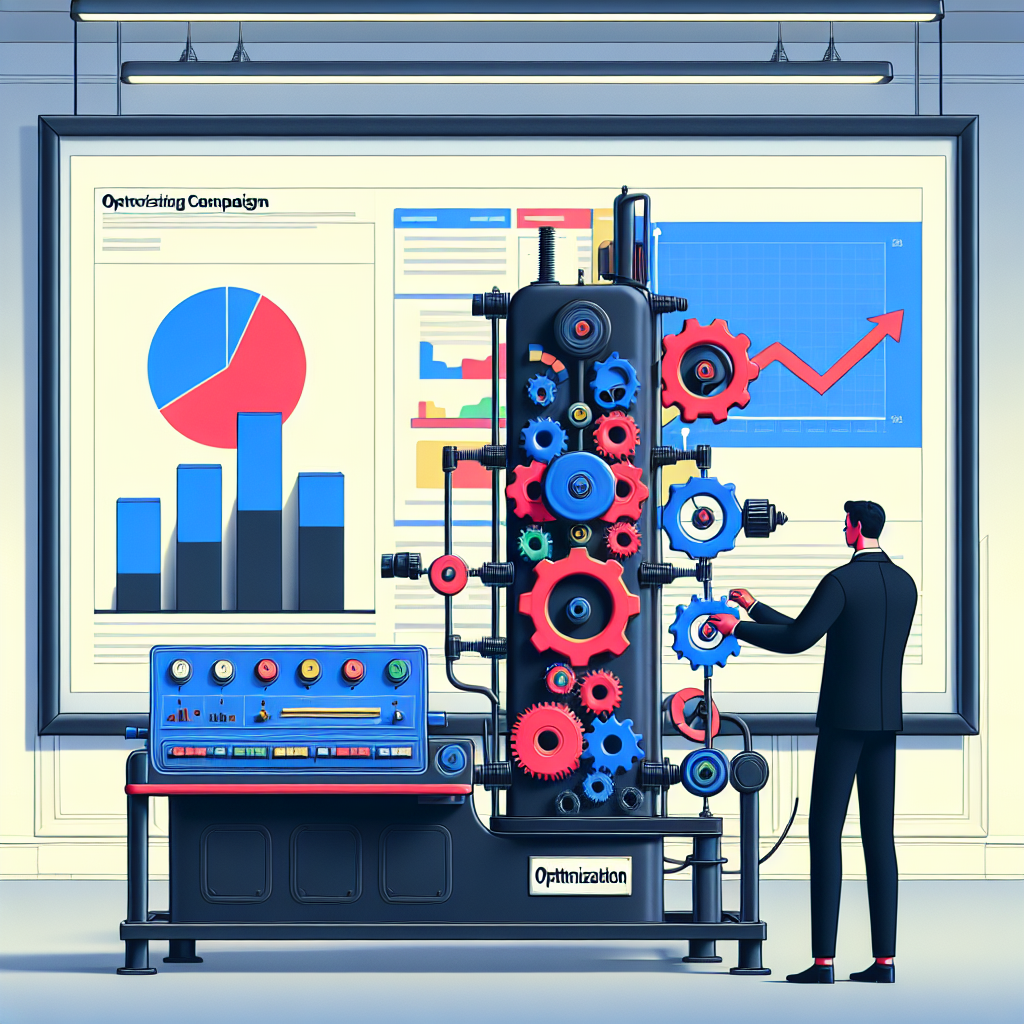
Once your campaign is live, monitoring its performance is essential. This helps you identify what’s working and what needs improvement.
Track Key Metrics
Keep an eye on metrics like click-through rate (CTR), conversion rate, and return on ad spend (ROAS). These metrics provide insights into your campaign’s performance.
Dive into demographic insights to understand which segments of your audience are most responsive. This data can guide future targeting efforts.
Benchmark your performance against industry standards. This contextual understanding helps set realistic expectations and goals for your campaigns.
A/B Test Your Ads
A/B testing involves creating multiple versions of your ads with slight variations. This helps you determine which elements perform best and optimize your campaign accordingly.
Test different elements such as headlines, images, and CTAs to see which combinations yield the highest engagement and conversion rates.
Implement a structured testing schedule to continuously improve your ads. Regular iterations can lead to significant performance enhancements over time.
Make Data-Driven Decisions
Use the data collected from your ad performance to make informed decisions. If an ad isn’t performing well, don’t hesitate to pause it and try a different approach.
Leverage predictive analytics to forecast future performance trends. This proactive approach can help anticipate changes and adjust strategies accordingly.
Establish a feedback loop with your team to regularly review and discuss campaign data. Collaborative analysis can uncover insights that might be missed individually.
Conclusion
Creating a high-converting Facebook ad campaign involves understanding your audience, crafting compelling copy, designing eye-catching visuals, and continuously monitoring performance. By following these steps and keeping your audience’s needs at the forefront, you can create ads that not only capture attention but also drive meaningful conversions. Remember, the key to success is testing, learning, and optimizing your approach over time. Happy advertising!
Frequently Asked Questions
1. What are the key factors to consider when creating a high-converting Facebook ad campaign?
When creating a high-converting Facebook ad campaign, several factors are crucial. First, targeting the right audience is key. You can narrow down your audience by using Facebook’s demographic, interest, and behavioral targeting options. Then, ensure your ad copy is engaging, and your visuals (whether images or videos) are high-quality and relevant. Your Call to Action (CTA) should be clear and encourage users to take immediate action, like “Sign Up” or “Buy Now.” Finally, make sure your landing page is optimized, relevant, and provides a smooth user experience to convert visitors into customers.
2. How can I target the right audience for my Facebook ad campaign?
To target the right audience for your Facebook ad campaign, you should focus on Facebook’s targeting tools. These allow you to select the ideal people for your business based on their demographics, interests, and online behavior. You can also upload your existing customer list to create Custom Audiences or use Lookalike Audiences to find new customers similar to your current ones. Proper audience targeting is essential to ensure your ads reach the right people who are most likely to convert.
3. How do I measure the success of my Facebook ad campaign?
To measure the success of your Facebook ad campaign, you need to track specific key performance indicators (KPIs). Click-Through Rate (CTR) shows how many people clicked your ad. Conversion Rate tells you how many of those clicks led to your desired actions, such as purchases or sign-ups. You should also track Return on Ad Spend (ROAS) to see how much revenue you’re generating from your investment. Lastly, monitor engagement metrics like likes, shares, and comments to assess how well your audience is interacting with your ads.
4. How much should I budget for my Facebook ad campaign to ensure high conversion rates?
When setting a budget for your Facebook ad campaign, it’s important to start small and test different ad creatives and audience segments. You can adjust the budget based on the performance of your ads. If you’re aiming for high conversion rates, try A/B testing various ad elements to find what works best. Set a daily or lifetime budget based on your conversion goals and monitor your Return on Investment (ROI). Increasing your budget on ads that perform well will help you scale up your results and maximize conversions.
WANT TO BE OUR NEXT SUCCESS STORY?
Book a Free Consult
Schedule a 15-minute Free Consultation via Zoom meetings with our Director, Cam Roberts by clicking the button below now:
Recent Articles
- Why Your Email Click Rates Look Low in 2025
- How Our eCommerce Marketing Agency Drove 121% Growth
- What Is Google BARD? A Guide to Google’s New AI
- Facebook Ads Budgeting & Strategies for 2025
- Top Marketing Strategies from Fortune 500 Companies
- Weird & Wonderful: Things Google Probably Doesn’t Want You to Know
- Top 7 Mistakes Businesses Make Without a Facebook Ads Specialist
- Why Automated Sales Funnels Are a Game-Changer for Small Businesses
- How to Choose the Right Facebook Ads Agency in 2025
- Social Media Advertising Trends 2025 for Business Growth
Request A Quote
Request A Quote for your next Website or Funnel Project below:
